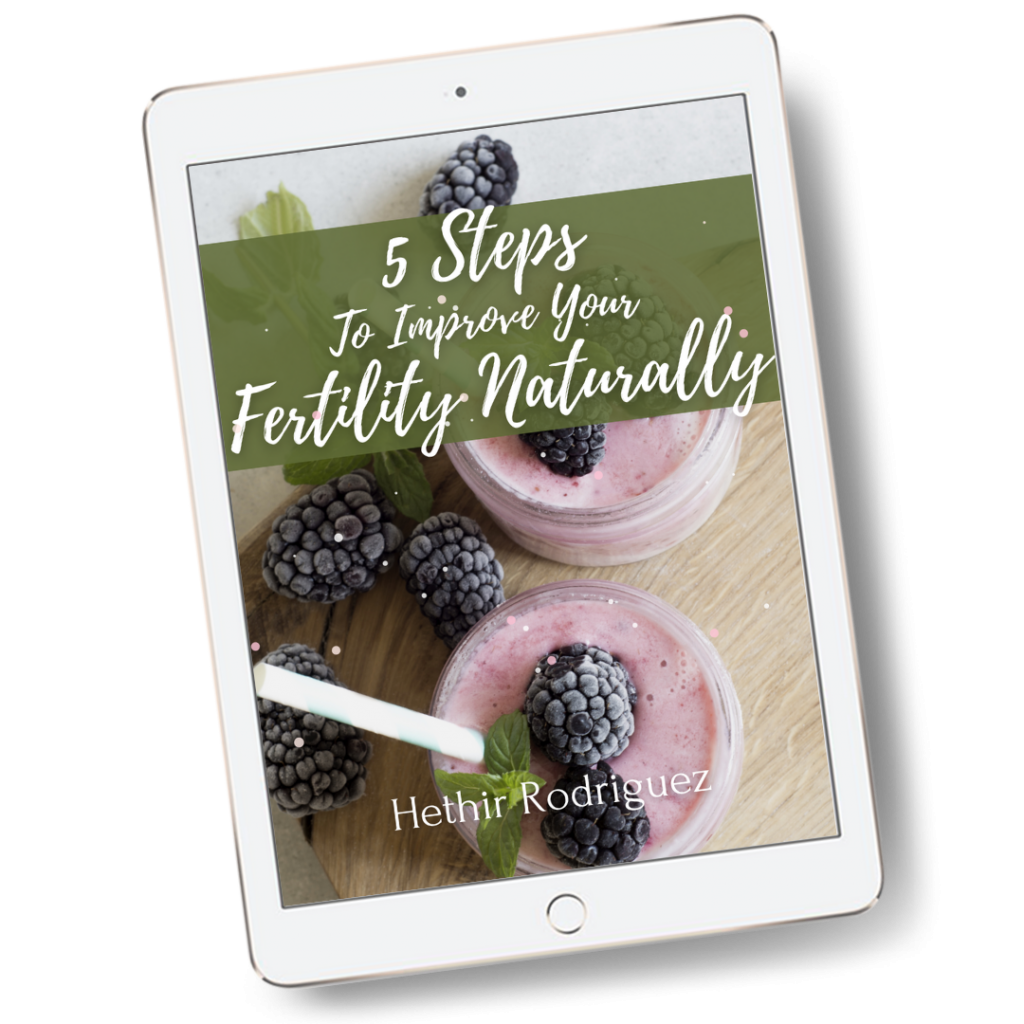Endometriosis is a common female reproductive system disorder or disease that according to the American Society for Reproductive Medicine affects 24 to 50% of women who experience infertility. These women develop endometrial tissue outside of the uterus on other reproductive organs in the abdominal cavity. This misplaced endometrial tissue grows and sheds in response to the hormonal changes of the menstrual cycle resulting in internal bleeding and the tissue attaching to other organs that share the abdominal cavity with the uterus.
There are theories about the causes of endometriosis however there is no conclusive evidence. These theories range from – tissue backing up into the fallopian tubes during menstruation which is referred to as “reverse menstruation” (it then attaches to other organs in the lower abdomen and grows) – to having predisposing genetic factors to the disease and the possibility that the immune system may activate cells to secrete factors which stimulate endometriosis growth. What is known is that estrogen, namely an excess of it, fuels endometriosis and it is critical to explore ways to reduce your exposure to excess estrogens and chemicals called xenohormones that have a negative impact on the body’s ability to balance hormones naturally.
The Progression of Endometriosis
According to Johns Hopkins Medicine, endometriosis is classified into one of four stages, as classified by the American Society of Reproductive Medicine, depending on location, size, degree to which it has spread, and depth of endometriosis implants; presence and severity of adhesions or bands of scar-like tissue that attaches to organs outside of the uterus; and the presence and size of endometrial tissue growths or cysts on the ovaries. While the presence and severity of symptoms will differ for each woman with endometriosis below is a general description of each and ways in which you might support yourself through these symptoms. First and foremost it is wise to learn and implement some of the most effective diet and lifestyle changes to support the body in dealing with endometriosis.
The Four Stages of Endometriosis
Stage I or minimal
Stage II or mild – is characterized by more and slightly deeper implants less than 5 in total and a minimal number of mild adhesions.
Stage III or moderate – is characterized by many deep implants, small endometriomas (chocolate cysts because of the aging of blood) or cysts on one or both ovaries, and some filmy adhesions or scars.
Stage IV or severe – is characterized by multiple deep implants, large endometriomas or cysts (chocolate cysts) on either or both ovaries, and multiple dense (thick) adhesions often involving other organs.
Stage III and IV endometriosis may require you work with your healthcare provider to create the best plan for addressing your symptoms which may include surgical procedures such as Laparoscopy or Excision surgery. No matter the stage you suffer from, also consider a natural endometriosis support plan.
A Natural Endometriosis Support Plan May Include:
- Relaxation techniques and exercise
- Dietary and lifestyle changes to support pain, reduce inflammation response and promote estrogen metabolism
- Herbal pain and inflammation support
- Support for reducing excess estrogen
- Supplementation for hormone balance
- Reducing adhesions and future growth
- Natural progesterone supplementation
To learn more about Endometriosis, please visit our complete guide to Endometriosis here…
Endometriosis is one of the female reproductive system anomalies that natural therapies have proven supportive of given you know the stage you have, are open to both medical and natural support options that may include a commitment to long term, even life-long, dietary and lifestyle changes.
- Endometriosis. The American Society of Reproductive Medicine Retrieved from: https://www.reproductivefacts.org/globalassets/rf/news-and-publications/bookletsfact-sheets/english-fact-sheets-and-info-booklets/booklet_endometriosis.pdf
- What You Need to Know About Endometriosis. (n.d.). Retrieved from: https://www.hopkinsmedicine.org/healthlibrary/conditions/gynecological_health/endometriosis_85,P00573
- Endometriosis – Gynecology and Obstetrics. (n.d.). Retrieved from: https://www.merckmanuals.com/professional/gynecology-and-obstetrics/endometriosis/endometriosis





